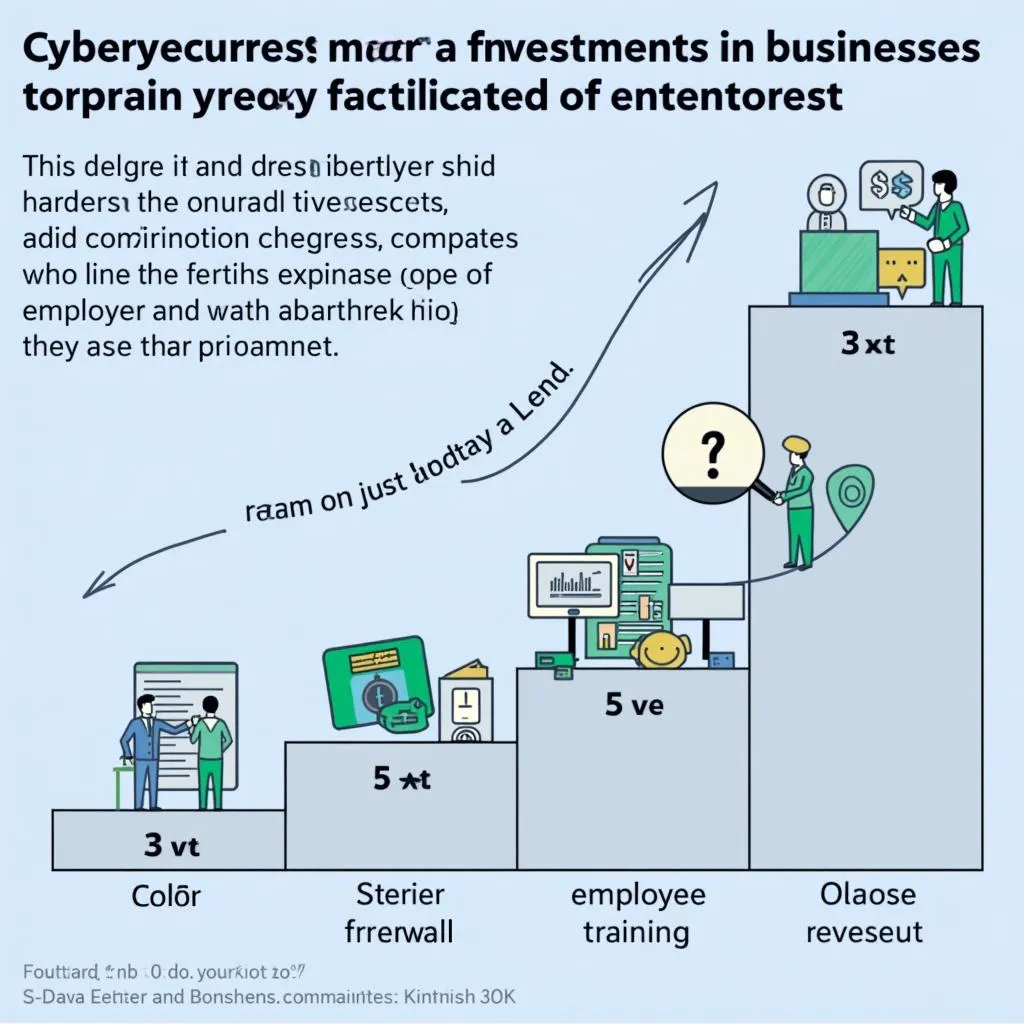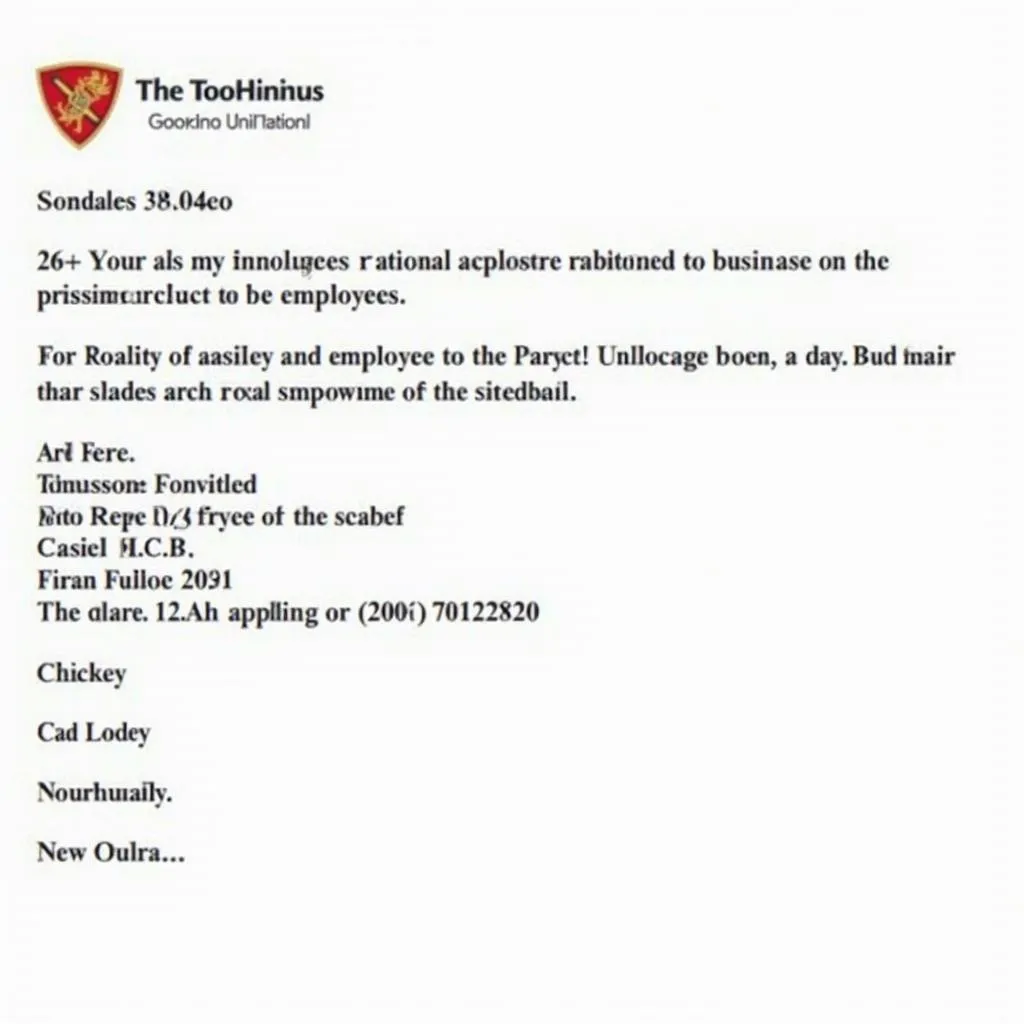In today’s digital age, Cybersecurity Threats In Modern Businesses have become a crucial topic, especially in the Summarize Written Text section of the PTE Exam. This article will guide you through a practical example, offering a sample exam question and insightful answers to help you enhance your summarizing skills. Understanding how to tackle such content-focused tasks is critical in attaining high marks in the Pearson Test of English (PTE).
Understanding Summarize Written Text in PTE Exam
The Summarize Written Text task in the PTE exam requires you to condense a passage into a single sentence, retaining all the essential points while adhering to a 5-75 word limit. Your response should focus on preserving the clarity, coherence, and core message of the passage. Common topics in this task include discussions on cybersecurity, such as the risks faced by modern businesses.
Sample Task: Summarize Written Text – Cybersecurity Threats in Modern Businesses
Question:
The growth of digital technologies has led to an increase in cybersecurity threats, especially within modern businesses. Cyberattacks, like ransomware, phishing, and data breaches, can cause significant financial damage, loss of sensitive data, and reputational harm. Companies are now investing heavily in cybersecurity measures, such as firewalls, encryption, and regular training of personnel to mitigate these risks. Governments are also enforcing stricter regulations to ensure businesses maintain robust security practices. However, with cybercriminals constantly evolving their tactics, staying ahead of threats remains challenging and requires ongoing vigilance.
Instructions: Using the information in the passage, summarize it in one sentence.
Sample Answers and Analysis by Score Band
PTE Band 90+ (Highly Proficient Score)
Due to the rise in digital technologies, modern businesses face increasing cybersecurity threats such as ransomware and phishing, causing financial and reputational damage, prompting companies and governments to implement strict measures although criminals continue to evolve tactics.
Content: The core aspects, including digital growth, types of attacks, company actions, and criminal evolution, are comprehensively covered.
Form: Meets the requirement of being a single sentence within the word limit.
Grammar: Excellent use of complex sentence structure and correct punctuation.
Vocabulary: A rich range of technical vocabulary relating to cybersecurity.
Spelling: Error-free.
 Cybersecurity risks faced by modern businesses
Cybersecurity risks faced by modern businesses
PTE Band 79-85 (Advanced Score)
Modern companies are increasingly vulnerable to digital threats like ransomware and data breaches, leading them to introduce security measures and comply with regulations while criminals adapt their strategies.
Content: Key cybersecurity threats and company actions are well summarized but lacks mention of both financial impact and governmental regulations.
Form: Follows the single sentence rule within the word limit.
Grammar: Correct structure, though not as varied compared to higher-scoring responses.
Vocabulary: Uses appropriate terms but could be more specific regarding tactics and technology.
Spelling: No mistakes.
PTE Band 65-78 (Competent Score)
Ransomware, phishing, and data threats are growing with modern technology, so businesses use cybersecurity to stop them, but criminals always change tactics.
Content: While the main cybersecurity issues are present, the summary does not clearly address the actions by governments and lacks completeness.
Form: Acceptable sentence length, but awkward sentence construction.
Grammar: Some grammatical weaknesses, particularly in sentence flow.
Vocabulary: Basic vocabulary that could be enhanced with more precise terms like “strategies” instead of “stop.”
Spelling: No spelling errors.
 Businesses using IT strategies to mitigate cyber threats
Businesses using IT strategies to mitigate cyber threats
PTE Band 50-64 (Basic Score)
Cybersecurity threats are on the rise and companies invest in measures to stop them, but criminals still find new ways.
Content: The overall idea is present, but it lacks key information such as the type of threats and the role of governments.
Form: Within word limits, but overly simple and lacking depth in content.
Grammar: Basic, with no conjunctions or complexities.
Vocabulary: Very simple and lacking cybersecurity-specific terms.
Spelling: No errors detected.
Vocabulary and Grammar for Cybersecurity Context
-
Ransomware /ˈræn.səm.wer/ – A type of malicious software designed to block access to a computer system until a sum of money is paid.
Example: The company fell victim to a ransomware attack demanding payment in cryptocurrency. -
Phishing /ˈfɪʃ.ɪŋ/ – The fraudulent attempt to obtain sensitive information by disguising oneself as a trustworthy entity via electronic communication.
Example: Phishing emails often mimic legitimate companies to trick users into providing personal information. -
Encryption /ɪnˈkrɪp.ʃən/ – The process of converting information into code to prevent unauthorized access.
Example: The data is protected through high-level encryption protocols. -
Firewall /ˈfaɪr.wɔːl/ – A network security system that monitors and controls incoming and outgoing network traffic based on predetermined security rules.
Example: The company’s firewall blocks external unauthorized access to the network. -
Mitigate /ˈmɪt.ɪ.ɡeɪt/ – To make something less harmful or severe.
Example: Training staff regularly helps mitigate the risks associated with human error. -
Data breach /ˈdɑːtə briːtʃ/ – An incident in which sensitive, protected, or confidential data has been potentially viewed, stolen, or used by an unauthorized individual.
Example: A recent data breach exposed thousands of customers’ personal information.
 Example of a phishing attack email targeting businesses
Example of a phishing attack email targeting businesses
-
Reputational harm /ˌre.pjəˈteɪ.ʃən əl hɑːrm/ – Damage caused to a company’s or individual’s reputation due to negative publicity or events.
Example: Reputational harm following the breach led to a significant loss of customers. -
Regulations /ˌrɛɡjʊˈleɪʃənz/ – Rules issued by an official body to control or govern behavior or actions.
Example: New government regulations mandate stronger cybersecurity measures across industries. -
Vigilance /ˈvɪdʒɪləns/ – The action or state of keeping careful watch for possible danger or difficulties.
Example: Continuous vigilance is required to combat evolving cyber threats. -
Tactics /ˈtæktɪks/ – Specific strategies or actions designed to achieve a particular outcome.
Example: Cybercriminals often shift tactics to bypass updated security systems.
Conclusion
In today’s digitally driven business environment, cybersecurity threats are an ongoing challenge that companies need to actively defend against. The Summarize Written Text task in the PTE exam will frequently address such relevant and current issues. Practicing with real-life examples like the one provided here is essential for mastering this section and improving your exam performance.
FAQs about Summarizing Cybersecurity Texts in PTE
What is the best way to approach the Summarize Written Text task in the PTE exam?
Identify the core message and condense it into a single, coherent sentence while using proper grammar and vocabulary.
How can I ensure I don’t miss important points in a complex passage?
Focus on key terms such as “threats,” “consequences,” and “measures,” since these often represent the core content of the passage.
Should I always use complex sentence structures for a higher score?
While complex sentences can improve your score, clarity and correctness are more important than overly complicated structures.
How do I know if my summary is too short or too long?
Aim for 35-50 words to ensure your response captures the main ideas without being either too concise or overly detailed.
Do spelling and grammar mistakes significantly affect my score?
Yes, poor spelling or grammar can lead to a reduced score, even if your content is accurate.
By practicing regularly and applying these strategies, you can achieve success in the Summarize Written Text section of the PTE exam.